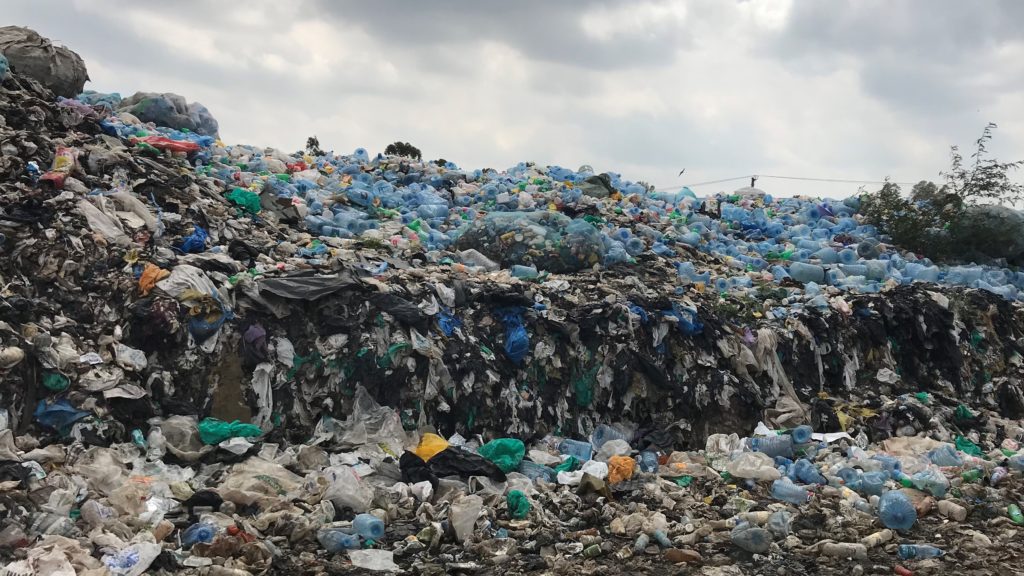Companies are developing several chemical recycling technologies as they face pressure from:
- Consumers;
- regulators and investors
to keep plastic out of oceans and landfills.

Shoppers are actually willing to pay more for sustainable products. Not only are consumers demanding natural and healthier products, they want them sold in packaging that can be recycled and reused. Companies that sell directly to consumers are feeling this pressure, and they are relying on chemical companies to provide them with materials to placate their customers. Employees are also demanding that their employers do more to promote sustainability.
The rise of environmental, social and governance investing will create another sustainability front for chemical companies. Some lenders are even issuing loans whose interest rates are tied to borrowers meeting sustainability goals.
Chemical recycling is one way that companies can meet these demands from lenders, investors, employees and consumers.
ADVANTAGES OF CHEMICAL
RECYCLING
Chemical recycling is the ultimate closed-loop system because:
- It brings plastics back to feedstocks that can be used to make virgin resin.
- It also avoids
some of the problems with mechanical recycling.
- Under mechanical recycling, waste plastic is re-processed without being broken down chemically.
- In mechanical recycling, plastics of different grades and with varying additives get mixed up, resulting in material that is heterogenous. This compromises the qualities of the material. In addition, each time a plastic is re-heated and re-processed, it becomes degraded. As the quality of the recycled plastic deteriorates, it goes into less demanding applications. Ultimately, it ends up in the trash.
- Chemical recycling avoids this problem because it breaks down plastic into oils and monomers, which can be used to make virgin resins.
- Polymers such as polyethylene (PE) and polypropylene (PP) are chemically recycled through pyrolysis to produce oil. Pyrolysis can tolerate different grades of plastic, but the end product is an oil, which often needs further refining before it can be converted into monomers and new polymers.
- Condensation plastics such as polyethylene terephthalate (PET) can be chemically recycled into valuable monomers, which require little processing before they can be used to make new plastics. The problem is that the waste condensation-plastics cannot tolerate much contamination before they can be recycled.
- Polyvinyl chloride (PVC) presents its own problems since the chlorine in the polymer can react during chemical processes to produce harmful byproducts.

Given the challenges for chemical recycling, mechanical recycling can still play an important role. It doesn’t require the upfront capital costs involved with building chemical plants.
Ideally, mechanical and chemical recycling would work side by side with waste-to-energy operations at a recycling centre.
Sorting could be done by consumer, since this would require little effort on their parts. Plastic deposit fees – similar to those for bottles or aluminium cans – could give consumers more incentive to separate and sort their plastic waste.
The logistics involved with collecting plastics is as much of a challenge as perfecting the technologies involved with recycling polymers, be it mechanically or chemically.
Article based on the information of Insight article ICIS by Al Greenwood.
